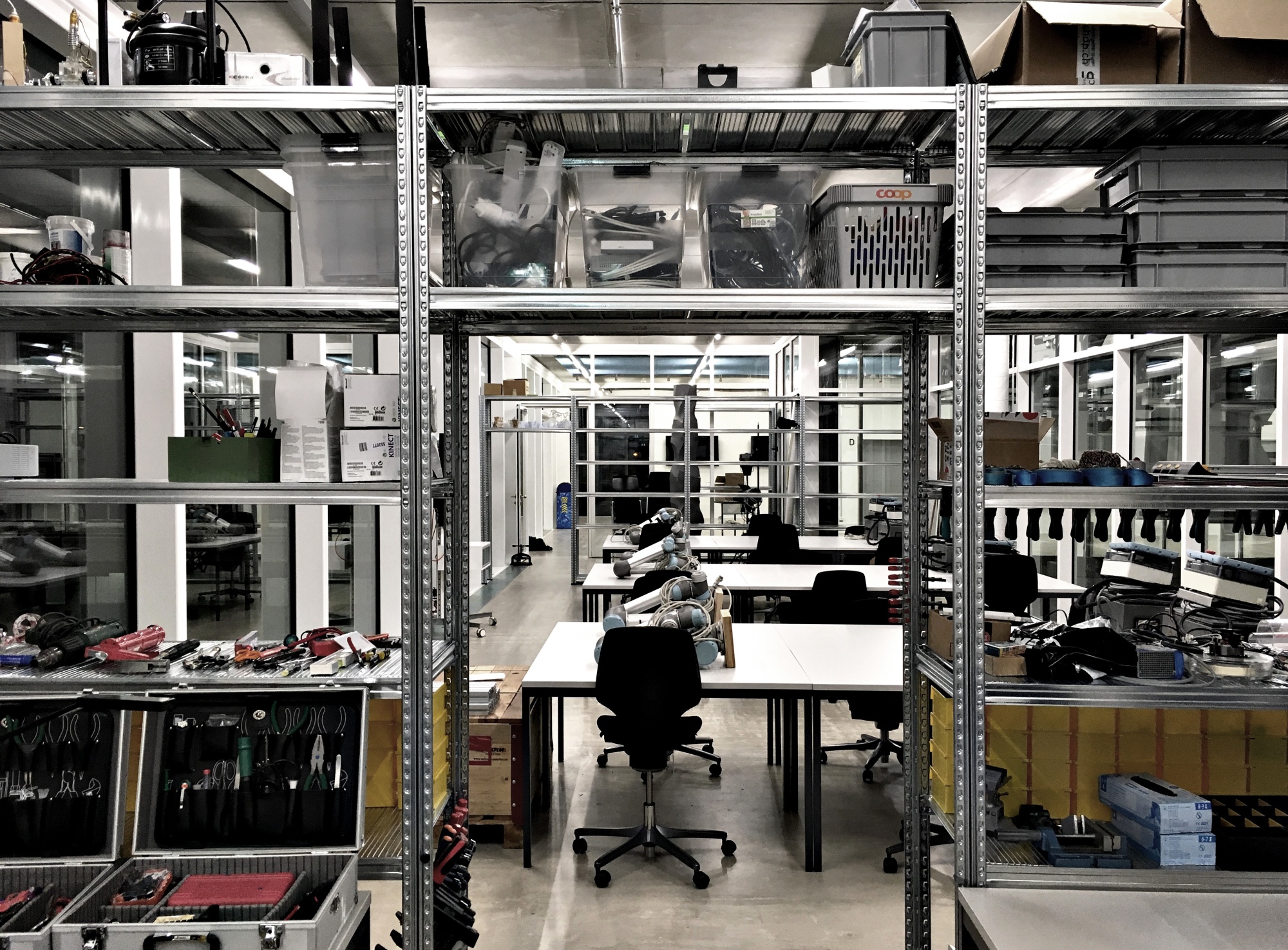Programme

Benefing from exceptional infrastructures and technologies at the forefront of digital design to fabrication for architecture and construction, the programme provides expertise in the application of the latest digital technologies for design, simulation and fabrication of digital architecture and construction. The focus is on computational design, robotic fabrication and 3D printing, and novel topics in architecture. Projects and assignments enable students to develop strong design concepts and realize large-scale prototypes using the unique robotic and 3D printing facilities at ETH Zurich, the curriculum offers training on wide-ranging practical and theoretical topics.
Course Structure
T1 serves as an introduction to the programme and provides an intensive, skills-building bootcamp designed for rapid immersion into digital tools and methodologies. The curriculum emphasizes foundational skills in Python programming and robotic control through a structured sequence of tutorials, lectures, and practical projects.me
The programme is supported by a dedicated MAS team that accompanies students throughout the year, providing continuous guidance and tutorials. Additionally, researchers offer lectures, sharing valuable insights from their fields of expertise. Field trips to industry-related companies are organized during the year, giving students the opportunity to engage with cutting-edge technologies and real-world practices.
The teaching approach centers on small design projects, encouraging hands-on and iterative learning. This “learning-by-doing” method ensures students quickly adapt to the digital culture and design philosophy integral to the programme.
During T2 students are tasked with applying their T1 skillset to a larger and more intricate architectural project, which is executed to a 1:1 scale. The primary objective here is to gain a comprehensive understanding of the cross disciplinary technological aspects embedded in these new architectural projects.
The central teaching approach is a collaborative project in which students work together throughout the entire digital design-to-fabrication process. This project concludes with the creation of “demonstrators” designed to test the project in architectural scale. Often exhibited for a larger audience.
The final T3 phase focuses on addressing specific research questions proposed by PhD or Postdoc researchers. The process spans various stages, including formulating a research brief, conducting experiments, analyzing results, and ultimately developing physical demonstrators.
Students engage in focused research projects, working individually or in pairs under the supervision of assigned researchers. These projects follow rigorous scientific methods and culminate in the development of a large-scale demonstrator. The outcomes of their research, including the demonstrator, are presented to a panel of experts, providing an opportunity for critical feedback and professional evaluation.